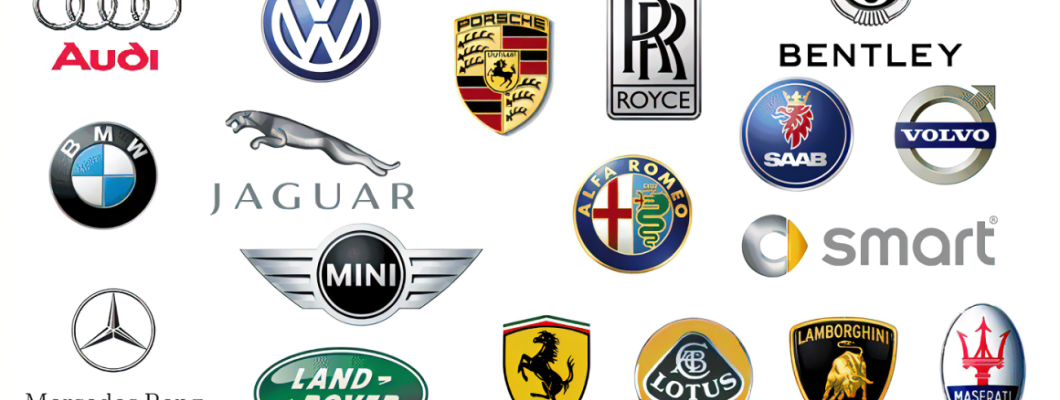
Buy Car Bumpers Online: Find Quality and Affordable Options
The automotive industry recognises bumpers as critical safety components.
Invariably, when searching for replacements, discerning buyers prioritise robust materials that do not compromise on safety.
Quality car bumpers combine durable materials, precise engineering, and certified safety standards—trust lineage over cost when it comes to protection and longevity. Consider these factors to ensure your selection provides both functionality and resilience.
Select with discernment and care.
Assessing Bumper Quality
When it comes to evaluating the calibre of a car bumper, experienced professionals know that the material composition and craftsmanship are paramount. A high-quality bumper is typically made with resilient polymers, reinforced with fibres like carbon or glass for added sturdiness. Furthermore, it should exhibit exceptional fit and finish, aligning seamlessly with the vehicle’s contours for optimal performance and aesthetic cohesion.
Scrutinising the manufacturing origins is also crucial; reputably sourced bumpers often undergo rigorous testing to meet stringent safety and quality benchmarks. Regard non-OEM (Original Equipment Manufacturer) options with caution—verify whether they have the requisite certifications to ascertain that they meet or exceed the vehicle manufacturer's standards. After all, preserving the safety and integrity of the vehicle is a foremost consideration that warrants careful selection of every element, especially when it comes to elements as critical as the bumper.
Material Matters: Durability and Safety
The constitution of automotive bumpers is critical for enduring impacts and preserving passenger safety in various collision scenarios.
Modern bumpers are designed to absorb energy during impacts, minimising the force transmitted to vehicle occupants and safeguarding their well-being.
It is essential that bumper materials withstand harsh environmental conditions as well as provide rigidity and energy dispersion upon impact, ensuring both longevity and safety.
Quality bumpers incorporate design intricacies that go beyond mere appearance; they are engineered to complement vehicle structure and enhance occupant protection, thereby fulfilling their dual role as safety devices and aesthetic components.
Finish and Fit: Ensuring Aesthetics Match
Selecting the correct bumper for your vehicle transcends mere functionality—it must aesthetically complement your car's design language.
- Surface Finish: Ensure the bumper has a finish compatible with your vehicle's existing paint or intended custom paint job.
- Contour & Line Match: Verify that the new bumper aligns with the vehicle's body lines for a factory-fit appearance.
- Mounting Compatibility: Ascertain that the mounting points match the vehicle specifications for a seamless installation.
- OEM Standards: Aim for bumpers that adhere to OEM (Original Equipment Manufacturer) specifications for the best aesthetic integration.
Mismatched components detract from your vehicle's overall appeal and can affect its resale value.
Investing in a high-quality bumper ensures a harmonious blend with your vehicle's original design ethos, safeguarding its visual integrity.
Customer Reviews and Ratings
Customer feedback is pivotal in gauging the quality of automotive parts. It provides invaluable insight into a product's real-world performance and longevity.
Since community-driven evaluation platforms have become the norm, in-depth user testimonials have grown into a crucial resource for prospective buyers in the automotive sphere. Credibility is bolstered through vivid narratives of personal experiences with bumper durability, fitment, and customer service encounters.
Yet, it's the cumulative score that often sways a decision. Reviewers' ratings, aggregated into an average star score, can reflect the consensus on a product's quality at a glance. This quantitative assessment may encompass aspects such as accurate product description, ease of installation, and adherence to safety standards.
When sorted by relevance or date, reviews provide a timeline of a product's sustained quality or highlight improvements following customer feedback. It's the persistent adherence to a 3+ star standard that underscores a product's reliability, enhancing trust in long-term satisfaction.
Experienced trade professionals understand that dense clusters of positive reviews signal a smart procurement choice, projecting the likelihood of a satisfactory transaction and customer delight.
Navigating Online Retailers
Exploring online marketplaces requires keen discernment and familiarity with digital platforms that host automotive components. Genuine products can be identified through rigorous validation of retailer credentials and item specifics.
Amidst a vast array of options, filter tools streamline the search for quality car bumpers and headlights, allowing professionals to narrow results by vehicle make, model, and year. Detailed product pages should provide ample specifications, high-resolution images, and compatibility information.
Recognise “OE-quality” and “aftermarket” delineations, which are critical for matching parts to clients' stringent requirements and maintaining performance integrity.
Reputable Stores vs. Marketplaces
Selecting between reputable stores and online marketplaces hinges on distinct factors to consider.
- Product Authenticity: Reputable stores often guarantee original equipment manufacturer (OEM) parts, whereas marketplaces may offer a mix of OEM and aftermarket products.
- Warranty and Returns: Established stores typically provide more robust warranty and return policies compared to online marketplaces.
- Customer Support: Dedicated customer service is standard with professional stores; marketplaces facilitate, but may not directly provide support.
- Price Comparison: Marketplaces may offer competitive pricing due to a wider array of sellers, which can be advantageous for budget-conscious buyers.
- Review Systems: Reputable stores may possess curated testimonials, while marketplaces showcase a broader range of customer feedback.Marketplaces may present a wider variety, but the trade-off can include increased diligence in verification.
Reputable stores often foster confidence through stringent quality controls and direct accountability for the products offered.
Securing Warranty and Return Policies
Understanding the nuances of warranty and return policies affirms product security post-purchase.
- Evaluate the length of the warranty period for assurance against defects.
- Ascertain the coverage scope; some warranties may cover only parts, not labour.
- Confirm the presence of a favourable return policy, including acceptable return windows and refund protocols.
- Inspect if the warranty and return policies are transferable, in case of resale.
- Assess the process of claims—how straightforward and customer-friendly it is.
Accompanying documentation is pivotal for any warranty or return process.
A robust warranty and transparent return policy are the hallmarks of dependable suppliers.
Payment Security and Data Protection
Ensuring transactional integrity is pivotal when purchasing car bumpers online.
Since the inception of e-commerce, cyber security protocols have become sophisticated, safeguarding against fraudulent activities.
Modern e-commerce platforms implement advanced encryption such as SSL to protect data integrity and confidentiality.
Furthermore, adherence to PCI DSS ensures that all transactions are processed in a secure environment.
Buyers should always verify the security credentials and privacy policies of online marketplaces before proceeding with transactions.
Comparison and Pricing
When selecting car bumpers and headlights online, it is paramount to perform a meticulous comparison of the available options. This involves considering the product's materials, compatibility with specific vehicle models, and brand reputation for quality assurance. Price should not be the sole determinant in the selection process as it does not always correlate with the product's durability or compatibility.
On the financial spectrum, a direct correlation often exists between price and quality; however, this is not an absolute rule in automotive components. Some aftermarket products, known for their cost-effectiveness, match OEM (Original Equipment Manufacturer) standards. It is important for trade professionals to identify these gems, which offer the optimal balance between affordability and quality, without compromising on safety or aesthetics.
While navigating online offerings, the term “OEM-equivalent” and “aftermarket” often surface in product descriptions. It is crucial to understand the implications of these categories when making purchasing decisions, as they reflect on the component’s origin, performance and the nuances of its manufacturing process.
How to Spot Deals and Discounts
Identifying lucrative deals requires vigilance and a systematic approach.
- Subscribe to newsletters from reputable suppliers to receive updates on promotions.
- Use price comparison tools to benchmark costs across various platforms.
- Monitor end-of-season sales when retailers clear out inventory.
- Check for bundled deals where bumpers and headlights may be sold together at a discount.
- Look for coupon codes which can be applied at checkout for instant savings.
- Participate in loyalty programs which may offer points or discounts on future purchases.
- Engage with online auto parts communities to learn about limited-time offers.
Efficiency in purchasing hinges on the anticipation of price reductions.
Stay informed of market trends as they can lead to substantial savings.
The Cost of Shipping and Handling
Delivery expenses vary with size and destination.
Car bumpers and headlights are substantial in both size and weight, which inherently affects the cost of shipping and handling. Premiums for delivery are typically commensurate with the dimensions and mass of the package, as well as the distance it must travel. Consequently, the final charge on the invoice reflects these logistics considerations.
Packaging quality directly impacts shipping cost.
When sourcing for high-caliber components such as bumpers and headlights, packaging integrity is paramount. Robust packaging ensures product preservation during transit, which may lead to higher but crucial shipping expenses to avoid costly damages.
Calculate fees before finalising your transaction.
It is fiscally prudent to utilise online tools — provided by shippers and suppliers alike — to estimate shipping fees before finalising any purchase. This preemptive step aids in budgeting accurately for the total cost of acquisition.
Shipping promotions can offset higher handling charges.
The judicious procurement professional will look for opportunities to mitigate shipping fees. Seamless navigation through the procurement process necessitates an awareness of shipping promotions, often unveiled within the first quarter of the fiscal year, which might include fixed-rate shipping or complimentary delivery thresholds.
Comparing OEM and Aftermarket Options
When discussing the realm of car bumpers and headlights, Original Equipment Manufacturer (OEM) and aftermarket components represent two distinctive pathways for trade professionals. Assessing the merits of each offering is crucial in sourcing high-quality, cost-effective solutions.
On the one hand, OEM parts are manufactured by the car's original maker or its authorised licensee. They guarantee a perfect fit, continuity in material quality, and maintain the vehicle's aesthetic integrity. Moreover, they usually come with a warranty, offering peace of mind to both the buyer and end-user. In contrast, aftermarket parts are produced by third-party companies and might offer broader variety and pricing flexibility.
Considering the customer's perspective is vital when selecting a supplier. While some may prioritise the assurance and compatibility that OEM parts provide, others might be influenced by the often lower price point and greater accessibility of aftermarket alternatives. Understanding these preferences is essential to aligning stock with market demand.
For trade professionals, articulating the tangible benefits of each option to customers is crucial. OEM parts present a seamless continuity with the vehicle’s engineering specifications, while aftermarket parts can often lead to significant savings. With each path offering distinct advantages, it is the depth of industry insight that will guide customers to make informed decisions, balancing cost concerns with quality expectations.
Installation and Compatibility
Ensuring proper fit and faultless installation is paramount for bumper and headlight components, as this ensures optimal performance and maintains the vehicle's safety measures. Mismatched or improperly fitted parts can lead to dire consequences, significantly undermining a vehicle's structural integrity and operational efficacy.
When sourcing bumpers and headlights, it's imperative to ascertain the Vehicle Identification Number (VIN) to guarantee compatibility. Additionally, it is prudent to consult detailed vehicle schematics to ensure the accurate alignment of mounting points and to foresee any potential modifications or adaptations that may be necessary for a seamless fitment.
The terms "direct-fit" and "universal-fit" signal key differences in installation ease and specificity. Direct-fit parts are manufactured to meet the exact specifications of a particular vehicle model, ensuring a straightforward installation process without the need for additional alterations.
Understanding Vehicle-Specific Fitment
Compatibility transcends mere aesthetics; it's a safety imperative.
Vehicle-specific fitment is a non-negotiable criterion when it comes to selecting body components for your vehicle. Bumpers and headlights are engineered to conform to a vehicle's exact contours and crash safety specifications. This precision is crucial not only for visual cohesiveness but also for maintaining the vehicle's designed aerodynamics and impact absorption characteristics. Therefore, a thorough understanding of the importance of vehicle-specific compatibility is paramount for trade professionals.
Only components designed for your make and model assure proper fitment.
Should you opt for parts not tailored to your vehicle - a move that might seem cost-effective in the short term - you risk compromising not only the aesthetics but also function, which can lead to increased wear and damage. Employ only parts that follow strict manufacturer guidelines to ensure your vehicle retains its integrity.
Utilise OEM part numbers to ensure compatibility and precision.
In this pursuit of ensuring compatibility, it is critical to reference Original Equipment Manufacturer (OEM) part numbers. These unique identifiers are the hallmark of quality and precision fitment, allowing professionals to source components that meet or exceed the standards set by the vehicle's manufacturer. With the advancement of technology, many aftermarket parts are now manufactured to OEM specifications, offering reliable alternatives without compromising on safety or fit.
Ensure you verify fitment against the latest vehicle specifications.
In order to circumvent potential mismatches, it's imperative to consult up-to-date vehicle specifications and cross-reference fitment compatibility, particularly as manufacturers may implement mid-cycle refreshes or updates. Furthermore, the evolving landscape of vehicular design and stringent safety regulations, such as the pedestrian safety standards mandated by the United Nations Economic Commission for Europe (UNECE), impose additional stipulations that must be met for any part to be deemed suitable for a specific vehicle.
DIY vs. Professional Installation Costs
Undertaking the installation of car bumpers and headlights yourself can yield considerable savings compared to professional services, given the high cost of labor.
However, technical skill and proper tools are mandatory for successful installation.
Complexities arise with advanced systems like adaptive lighting or parking sensors integrated into bumpers, necessitating specialized knowledge and diagnostic tools often found in professional settings.
The cost-benefit analysis of DIY versus entrusting the task to professionals should incorporate not just the monetary aspect but also the value of warranty preservation and assurance of regulatory compliance, which can be pivotal in maintaining the vehicle's integrity and safety standards.
Accessories and Additional Tools Needed
To effectively perform a bumper or headlight installation, certain non-negotiable tools are essential.
In addition to basic hand tools, an automotive trim removal set is crucial, as it ensures non-destructive detachment and reapplication of vehicle body parts. Such precision is vital for maintaining the integrity of clip attachments and mouldings.
Furthermore, dedicated torque wrenches play a pivotal role in adhering to manufacturer-specific torque settings, which directly influence the structural stability of fastened components. This precision is not only a matter of performance but also a question of safety.
Additionally, lighting installation may require electrical tools, including wire strippers, crimpers, and multimeters. Mastery over these instruments is indispensable when dealing with intricate wiring setups inherent to modern headlight assemblies.
Consideration for headlight alignment tools must be given as well, ensuring that post-installation adjustments align with legal and functional requisites for road usage.
Take the next step in purchasing car bumpers online with confidence. Our blog post has equipped you with the knowledge and insights needed to find genuine and affordable options. Trust our expertise and showcase your professionalism by making informed decisions for your trade needs. Start your search today and elevate your business with quality car bumpers.
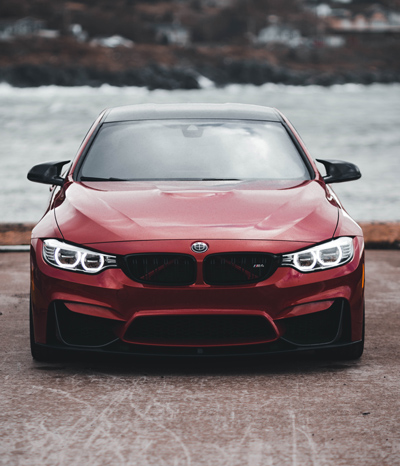

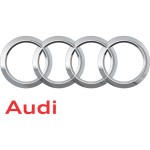
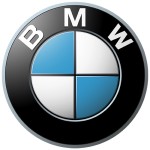
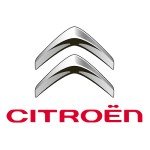
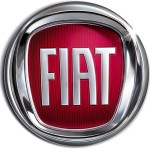
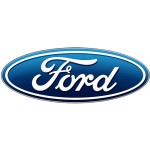
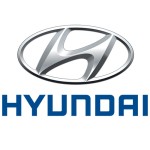
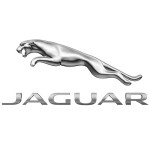
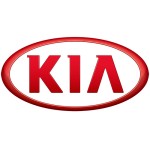
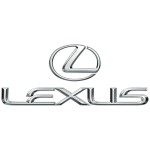
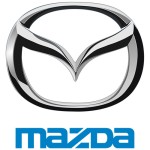

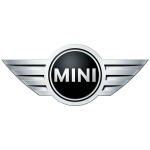
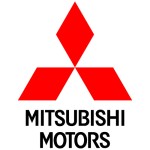
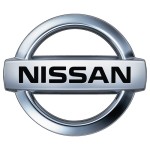
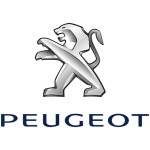
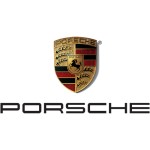
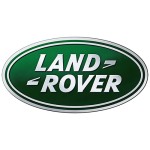
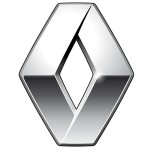
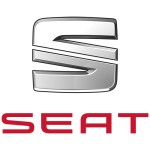
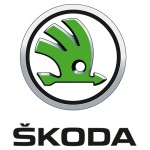
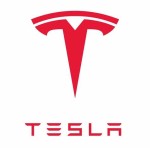
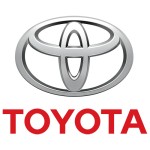
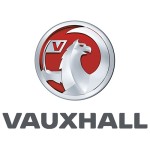
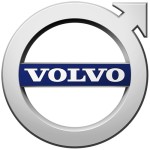
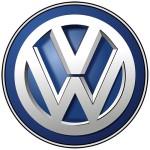
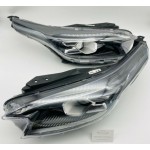
Leave a Comment